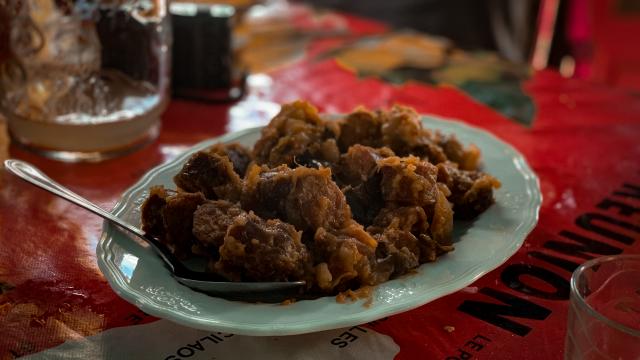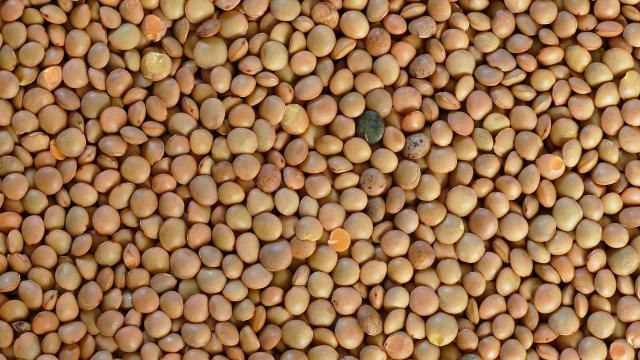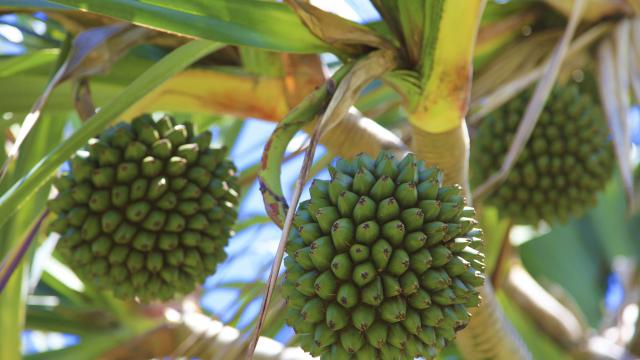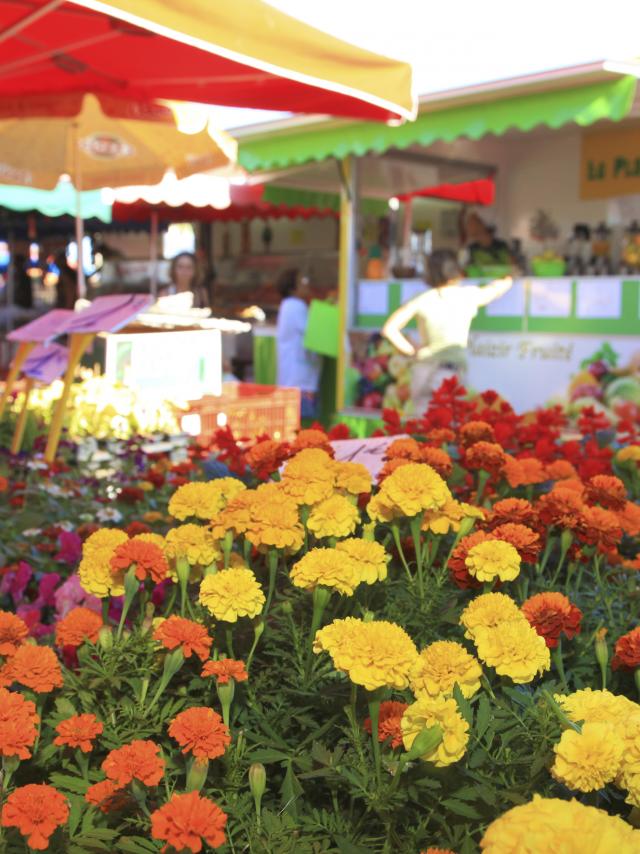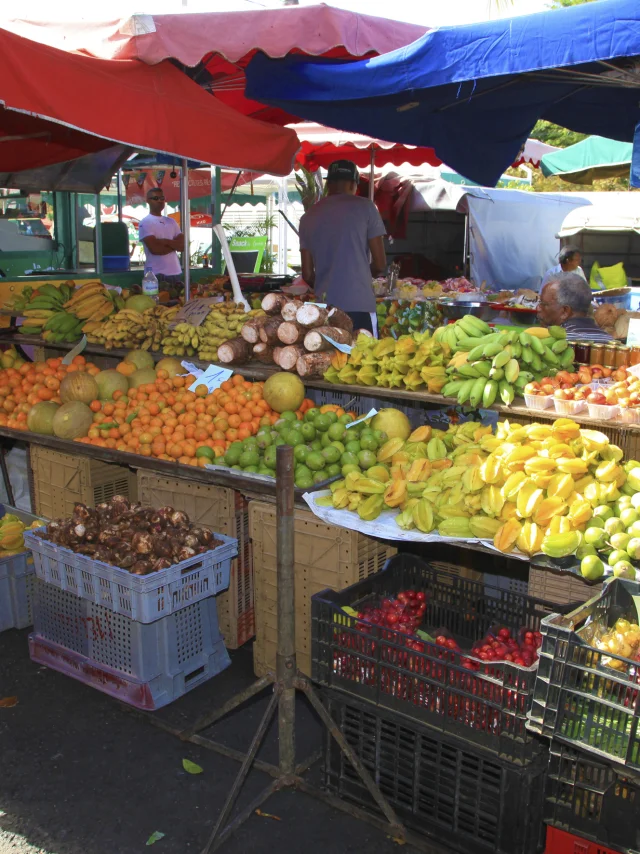The Reunionese love to cook. Take French culture as a base, add a pinch of Malagasy customs, a zest of Chinese know-how, a bit of Indian savour, and you’ll get a unique exotic recipe.
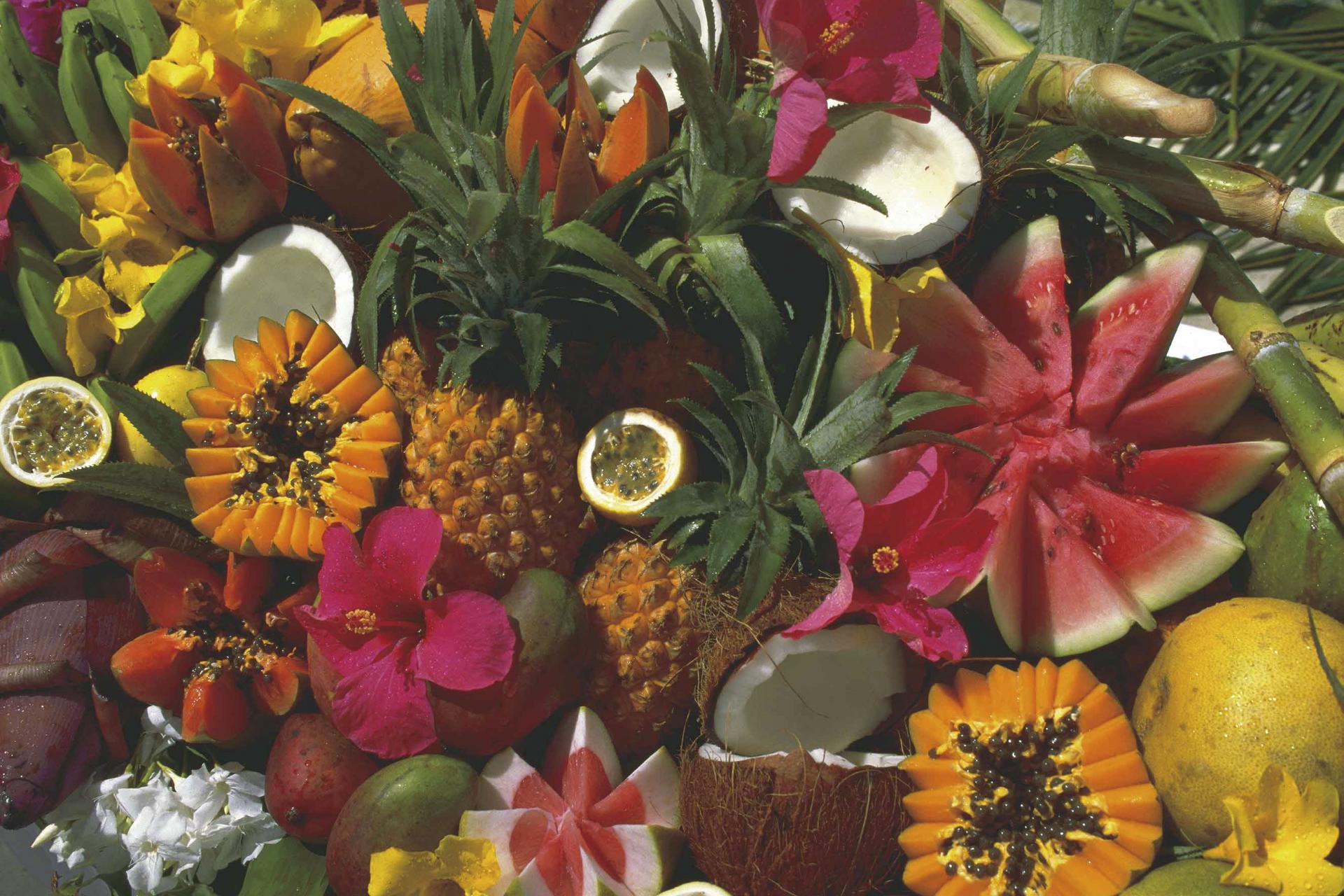 Fruits01 Creditirt Sergegelabertdts122014.jpg
Fruits01 Creditirt Sergegelabertdts122014.jpg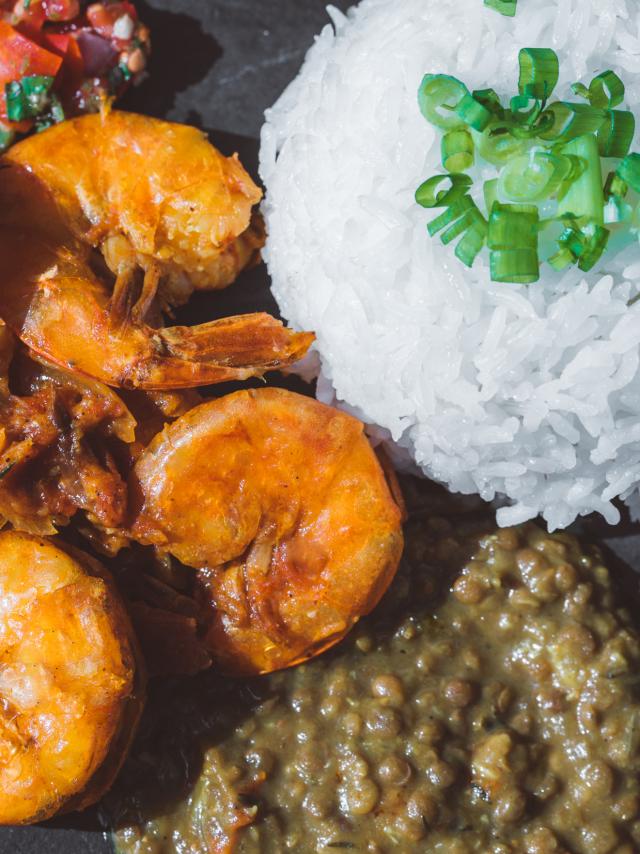
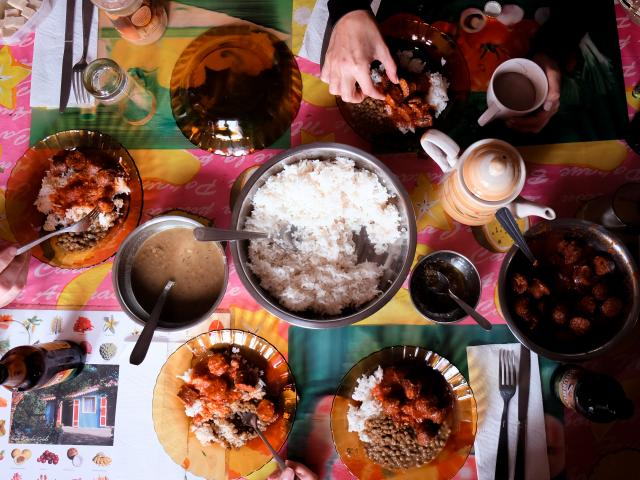
Samosas and dumplings,A cultural mix for appetizers
A golden triangle crunches between your teeth, and the exotic savour of the stuffing teases your taste buds. Originally from India, samosas are ideal to accompany a tropical punch. Dumplings are Chinese meatballs enveloped in a rice-based dough. Bonbons piments, made from broad beans, have their own place among Creole appetizers. They are sold in all the markets, and by many food sellers.
The First Course
The palmiste salad is prepared with a variety of a very small palm tree, which has grown in the wild for ages, yet almost disappeared as it was so often sought after.
Chouchou, elsewhere referred to as chayote or christophine, grows under the climbing vines that cover the ramparts of the Salazie circus.
A selection of smoked fish from the tropics (sword fish, blue marlin, tuna, sea-bream…) is provided by the large game fishing, which takes place in the deep waters around Reunion Island.
The different types of curry
The basic preparation for the local curry dish “cari” is similar. Onion, garlic, thyme, tomatoes, salt, pepper, turmeric (of course), local saffron and sometimes ginger are lightly browned together. These simmered dishes are often mixed with vegetables such as jackfruit, originally from India. While still green the jackfruit is prepared as a vegetable; once ripened it is eaten as a fruit. Other vegetables used in curries are the chouchou (christophine), potato and palmiste (the bud of a palm-tree). The term “rougail” is used to designate both a condiment and a kind of curry used for fresh or smoked sausages and cod fish. Since the 19th century, Reunionese cooks have found an appropriate use for a local treasure – vanilla. One or two vanilla pods to tease the palate and flavour a duck sauce or a grouper filet.
Brèdes as a side dish
“Brèdes” are edible leaves and stems of different plants (chouchou, Chinese cabbage, pumpkin or mouroom…) that are served fried with garlic, ginger, onion and some chilli peppers.
Rice, beans, and rougail
The trilogy of traditional Reunionese cuisineChilli peppers, which make visitors to the island, perspire just as much as the local rum and the tropical sun, have found their way under the blackened skin of grilled blood pudding as well as in the accompaniment of raw cut vegetables called achards.
The term achard covers all sorts of vegetables cut in thin strips and marinated in a chilli pepper- based sauce.
The most explosive of Reunionese chilli peppers is the tiny “piment-zoiseau”. It is generally used in the spicy sauce called rougail, which usually accompanies the main dish, a local curry mix.
There are several kinds of rougail. The most common are tomato, aubergine, green mango, lemon, and last but not least, peanut. These fruits and vegetables are finely cut or crushed with a pestle, then mixed with green pepper. Salt, onion and a little salad oil are added.
The rice really develops its taste when the beans are added. They are usually red or white beans, broad beans, or even better, lentil beans from Cilaos. Just as in the case of Le Puy in mainland France, the volcanic soil in Reunion produces an excellent variety of lentils.
Creole sweetness: tropical fruits
Lychis and festivities go hand in hand! The little red fruit with its milky flesh ripens with the coming of Christmas time. Towards the end of the lychi season the longan fruit takes the relay in February.
Mangos ripen earlier, and are often a result of learned breeding. In abundance, there are some fifty varieties of mango in Reunion. Only about six of them are actively cultivated among which there is the long and reddish “early gold” American, the “José”, and the “Auguste”. They may be eaten while still green, cut in thin strips, and seasoned with a mix of salt and chilli peppers.
The small Victoria pineapple is sweet and tasty, and it eaten all year round.
Goyaviers, also known as strawberry guava, are an upshot of an invasive imported plant; they are little red acidic fruits. As soon as the month of May comes along they are gathered in the hills of the island on the footpaths.
Plenty of other fruits, whether eaten as such or in sorbets, are appreciated: bananas, guanabana, passion fruit, guava, pitaya cactus, tangors, and even peaches, which grow in the Salazie cirque.
Cheese and dessert
Reunion has begun producing diverse cheeses and red or white wines, which originate in Cilaos. Gâteau patate, a potato or corn-based cake, is equally enjoyed as a snack or for dessert. The only thing left to do is to have a little cup of old-fashioned coffee, or to sip the inevitable little glass of “rhum arrangé”, a learned mix of plants and macerated fruit in alcohol.


